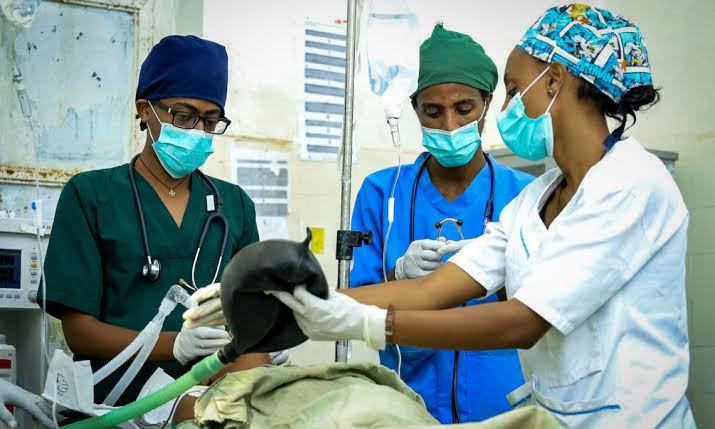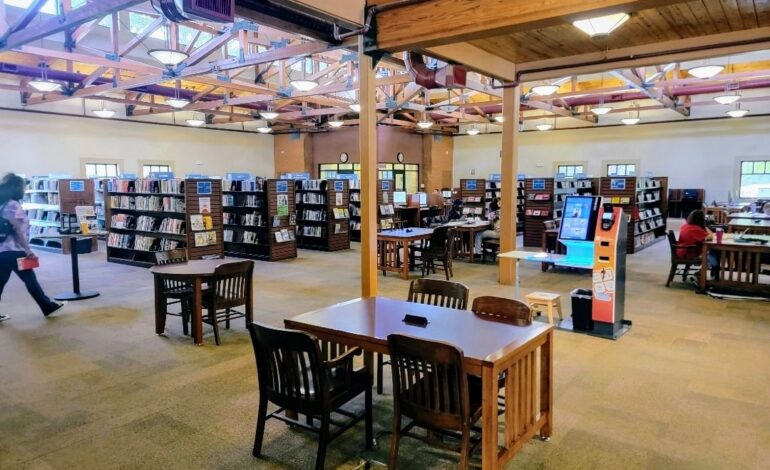
Faith Nyasuguta
In Ethiopia, for every 5,000 needed surgeries per 100,000 people, the country’s health system can only provide 192. Yet, this is Africa’s second largest population, with over 120 million people.
The recently concluded two-year war in the northern part of the country further exacerbated the situation. While creating demand for access to surgery through bullet injuries, the war hampered its supply.
Africa Equity Media spoke to Abdo Husen, the Program Lead at Operation Smile Ethiopia, and a 2023 Global Surgery Advocacy Fellow who is working to mainstream surgical, obstetric and anaesthesia (SOTA) care in the post-war reconstruction agenda in Ethiopia.

1. What is the state of SOTA care in Ethiopia?
In general, access to safe, affordable, and timely surgical services is a major challenge in Sub-Saharan Africa region where nine out of ten people cannot access basic surgical care. If we consider Ethiopia’s performance against the Lancet Commission on Global Surgery (LCoGS) targets, it is evident that there is a long way to go. For instance, the country provides 192 surgeries for every 10000 population which is very low compared to the expected 5000 procedures for the same population benchmark.
The surgical workforce density, a measure of available surgical workforce for every 100,000 population; has improved in recent years from 4 surgical providers to 52 surgical providers caring for 1 million Ethiopians.
Nonetheless, this is still very low compared to the stipulated threshold of 200 providers for the same population. Surgical service delivery did not expand with this increase in surgical workforce due to system related challenges like non-functional or ill equipped theatres. This was further exacerbated by the global Covid19 pandemic and the recently concluded war in the country.
Additionally, there is the issue of cost. Despite there being gains made on families accessing community health insurance, out of pocket payments continue to dominate access to surgical services. An estimated 62 to 67% patients still face costs that cause catastrophic expenditure and impoverishment to get surgical care.
There is need for in-depth assessment and re-design into the surgical system in Ethiopia.
2. How has the recently concluded war affected access to SOTA care in Ethiopia?
Armed conflict disrupts all sectors of the economy including the delivery of social services. It results in a two-pronged deleterious situation where on one hand the war itself drives up the demand for health services for surgical conditions arising from, or those aggravated by the war. These include gunshot injuries, blast wounds, infectious diseases, mental illnesses and sexual reproductive health conditions among others.
On the other hand, the health system’s ability to provide these services is limited during this time. Consider that medical supply chains are disrupted, and healthcare professionals flee their duty stations for safety. Also, medical equipment and health facilities-including those with surgical theatres- are destroyed.
The war in Ethiopia resulted in the destruction of 69 hospitals and 709 health centers in different regions including Tigray. Also, key workforce to deliver SOTA care fled their duty stations for security reasons. The supply chain was significantly disrupted to the extent of health workers resorting to reuse gloves more than once. They also made improvised gauze from available material including non-sterile clothes. These desperate actions might have helped save lives but increased the risk of infection to health workers and the patients themselves.

3. What has been the response to this?
Following the cessation of hostilities in November 2022, the federal government has embarked on reconstruction efforts. The Ministry of Health has reconstructed over 36 health facilities and hospitals in Afar and Amhara regions. Additionally, the Ministry has devised ‘the twinning program’ to pair facilities with major hospitals in non-conflict areas. This initiative is meant to help restore functionality of the detrimentally impacted hospitals through facilitation of logistical and technical support from the major hospitals. Additionally, complementary initiatives by development partners and multilateral agencies are worth noting and add to these efforts.
Nonetheless, there is an enormous budgetary deficit to ensure restoration of services in affected areas. Currently, the budget allocated for all social service reconstruction is only 20Billion birr (385,041,151USD) . This is way below the required $1.4billion for the health system reconstruction alone.
There is opportunity for a concerted multi-sectoral approach towards reconstruction efforts with particular consideration for surgical infrastructure that continues to be in relegation. Under the leadership of the Ministry of Health, donors and other stakeholders can raise the requisite funding.
The experiences from Liberia and Afghanistan shows it is possible to achieve rapid improvements in key health indicators including surgical care through this government led internationally supported post conflict health reconstruction efforts.
4. What more needs to be done towards progress?
Ultimately, the federal government will need to deploy creative and innovative initiatives towards reconstructing the surgical system, as it holds the responsibility of ensuring the health and rights of its citizens. The government must therefore increase the budgetary allocation towards health sector reconstruction. This budgetary commitment needs to be realized in the next fiscal cycle which is expected in Parliament this June.
The issue of the surgical workforce including the specialist anesthesiologists needs intentional action by both the federal government and the regional governments including the Tigray interim administration. Starting from timely payments of salaries to putting in place incentive mechanisms for key members of the surgical workforce can help reattract the SOTA workforce needed to deliver quality services.
One way could be a partnership between the Ministry of Health and Ministry of Foreign Affairs to deploy an ‘friends of Ethiopia’ campaign that calls on development partners, multilateral organizations, private enterprises and individuals to support build back a stronger Ethiopia.
The prioritization of surgical, obstetric and anaesthesia (SOTA) care in the post-war reconstruction agenda in Ethiopia is dire, and until this is done, Ethiopians will continue to suffer preventable health complications and even deaths.
RELATED:




